Making it to the finish line with metal composite materials
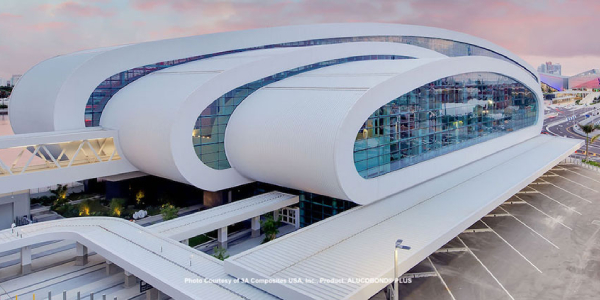
By Emma Peterson.
With a variety of specialty finishes and colors, metal composite materials allow designers to fully explore their creativity without sacrificing structural integrity!
Metal composite material (MCM) is not only a durable and long-lasting product, but also affordable, lightweight and capable of meeting the NFPA 285 flame propagation requirements mandated by the International Building Code (IBC). All of these benefits contribute to its popularity, but what really helps it stand out is its design versatility. Architects have found the MCM is perfect for crafting colorful, bold and unique designs due to its ability to take on a variety of finishes.
Kevin Le, design professional at Laurence Group in St. Louis, shared the importance of these finishes, “The composition of all the exterior materials ultimately becomes the impression that represents the owner/company/entity to the public. Contemporary versus traditional, lightness versus heftiness, slick versus organic…finishes have the power to transform these powerful ideas into real life tangible icons that exist within the community.” This continuing education course, sponsored by Metal Construction Association's Metal Composite Material Alliance, explores the world of micas and metallics, shimmer and stone and more to showcase the creative potential of MCMs.
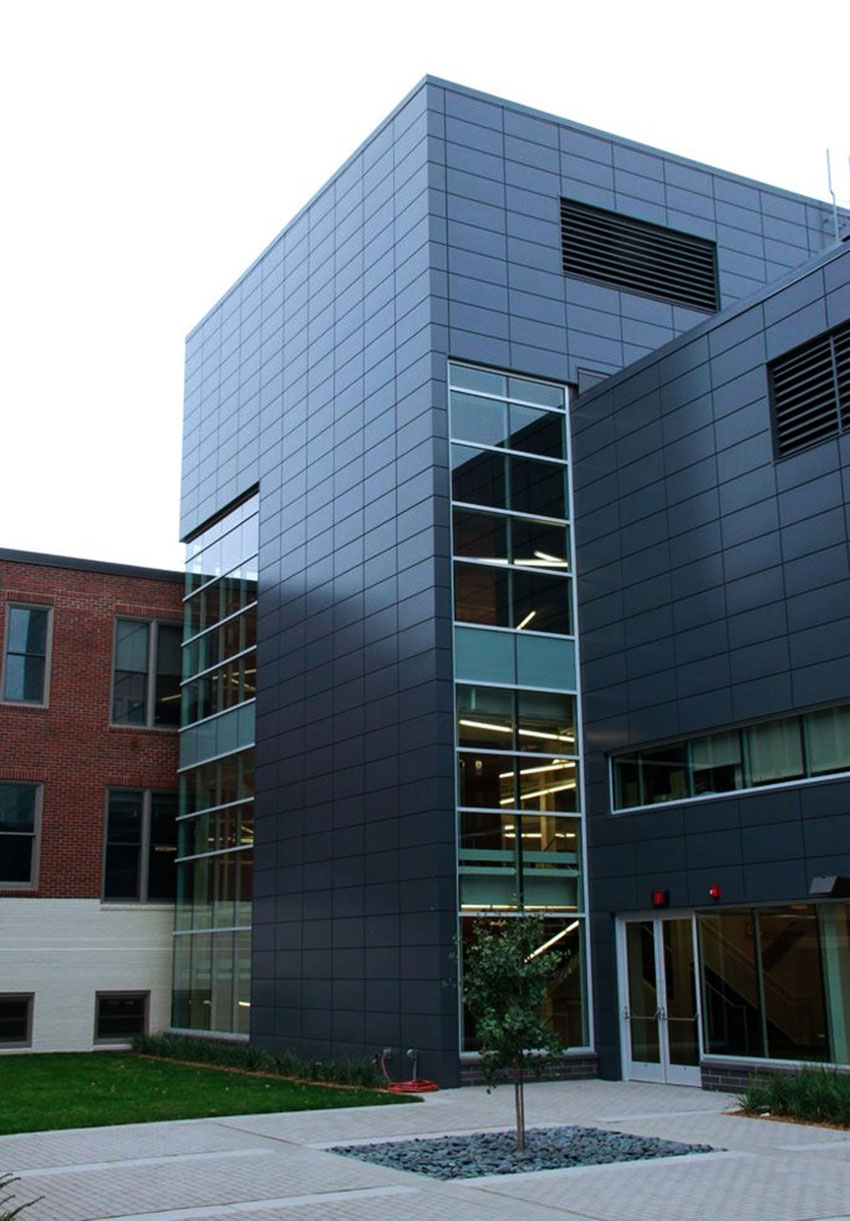
Color basics
There are three main components used in painted MCMs to build each product’s color — pigment (tiny particles that reflect certain light frequencies while absorbing others, creating color), binder (the resin that once cured, gives the paint its durability and holds everything together), and solvent (the carrier of uncured resin that determines the paint’s viscosity). The formulation may also have more additives to enhance the performance of the paint, but these are the basic three elements. With this combination, manufacturers can create MCMs with a wide variety of color brightness, opacity, coverage, permeability and abrasion resistance.
Another basic of color in MCMs is that there are both organic and inorganic pigments. Inorganic pigments come from mineral compounds (often complex metal oxides) and are opaquer and more stable (the color is less likely to do things like bleed). These are often used for neutral and earthy tones. On the other hand, organic pigments are carbon-based (often made from petroleum compounds) and produce more vivid colors with more transparency. The downside to this is that UV rays and oxygen have an easier time penetrating and can cause deterioration to the paint over time.
To avoid the issues with each, many manufacturers employ a pigment formation that uses both organic and inorganic. This also opens up a world of special effect options, including pearl finishes, color-shifting and aluminum/mica-based high-sparkle pigments! MCMs can also be designed with special performance in mind, such as a cool pigment that lowers the levels of solar heat and reduces the need for air conditioning within the building.
Finish basics
On top of the color that is designed into MCMs, a finish system is needed in order for it to perform well. There are two main categories of finishes — thermoset (includes super-durable polyester and fluoroethylene vinyl ether) and thermoplastic (includes polyvinylidene fluoride). The advantage of using thermosets include a wide variety of colors and glosses, along with a stable appearance after curing. On the other hand, thermoplastics are a good option if you are looking for superior UV resistance, even though the color range and glosses are more limited (typically earth tones and gloss ranges of 25-35).
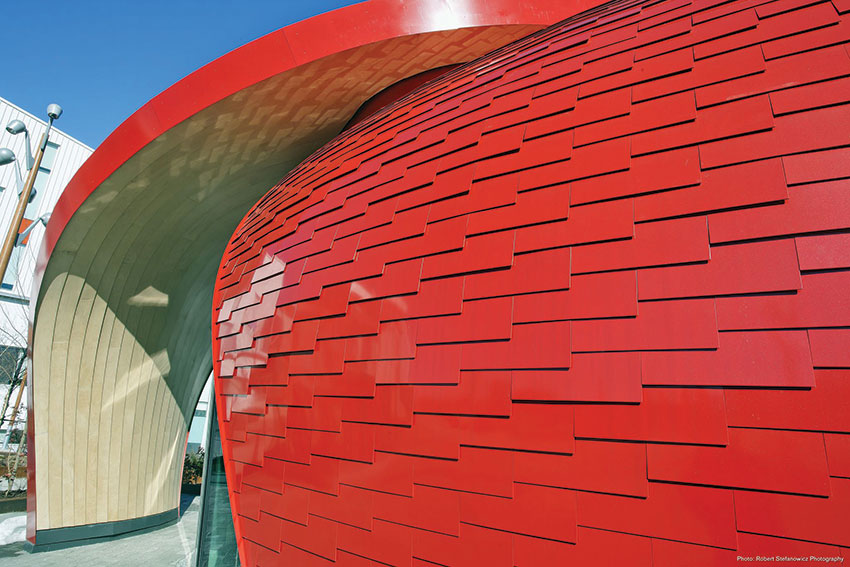
In addition to choosing the type of finish, you must also choose the number of coatings you want applied to that finish. In the field, you’ll usually see either a two-coat finish or a three-coat finish. Both of these finished feature primers and topcoats, but the three-coat adds an extra clear coat on the top. Because of the extra coat, three-coat will usually need a second pass where two-coat often only needs one. In general, a two-coat system is often sufficient for a job, but some situations might require a three-coat system. One example of this is when you are working with heavily saturated colors (such as red, orange or purple) or metallic colors (like bright silver). In order for these colors to age well and avoid chalking (that whitish residue that can become visible on a painted or coated metal surface over time), that final topcoat is often a necessary addition.
When it comes to choosing which finish to use for a project, Lee Rubenstein, AIA, LEED AO and a principal with R2L: Architects says that whatever you work with must be durable, stable and meet industry standards, “Beyond that, we want to understand how the panels will look under a range of conditions — direct sunlight, in shadow, at night, wet, dusty, up close or from afar. This helps to understand whether the finished work can meet the design intent.” Following this reasoning, architects must consider the unique weather conditions when it comes to specifying MCM finishes.
Check out the rest of the course from the MCA to learn more about MCM finish types, warranties and best-practices! Then, you can test your knowledge with their online quiz! This can be self-reported for a variety of organizations, including AIA, for continuing education requirements.
Learn more about Metal Construction Association (MCA) in their Coffee Shop Directory or visit www.metalconstruction.org.
About Emma
Emma Peterson is a writer at The Coffee Shops and AskARoofer™. Raised in the dreary and fantastical Pacific Northwest, she graduated in 2024 from Pacific University in Oregon with a degree in creative writing and minors in graphic design and Chinese language. Between overthinking everything a little bit, including this bio, she enjoys watching movies with friends, attending concerts and trying to cook new recipes.



-2025-xtv-mls-tour-2.png)









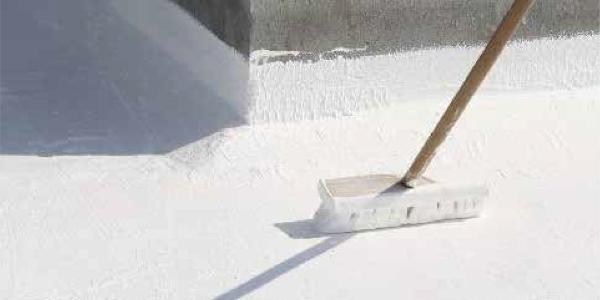

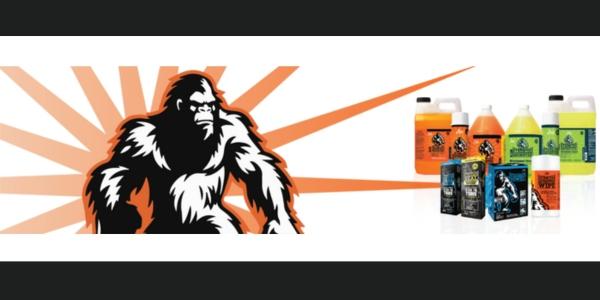







Comments
Leave a Reply
Have an account? Login to leave a comment!
Sign In